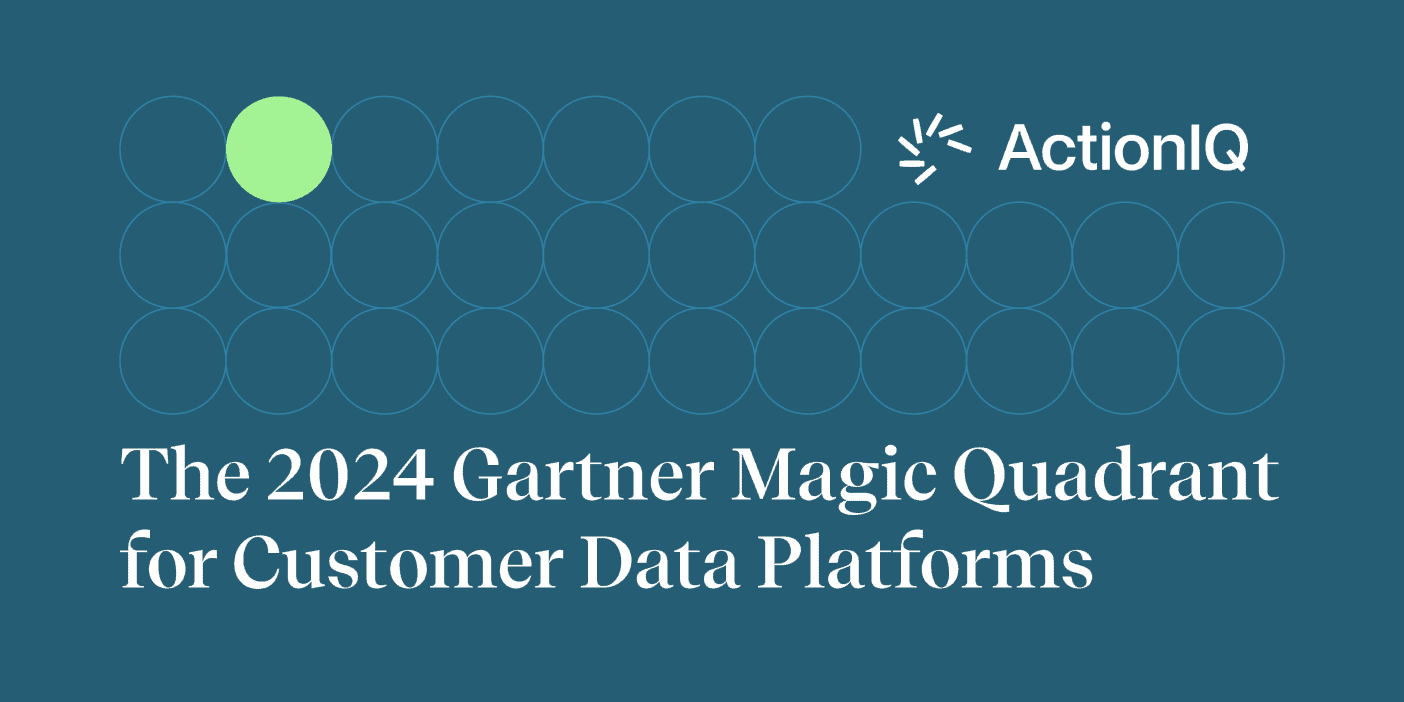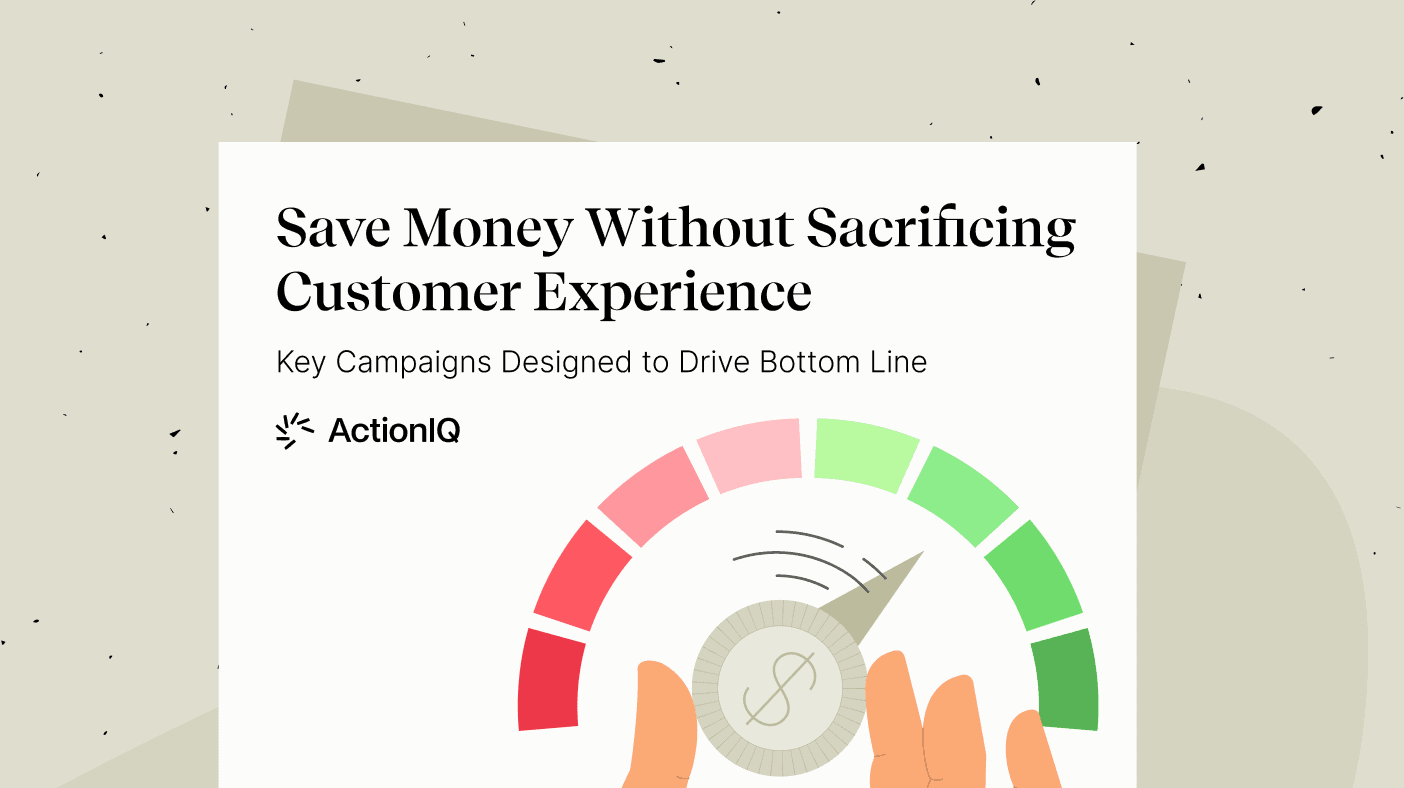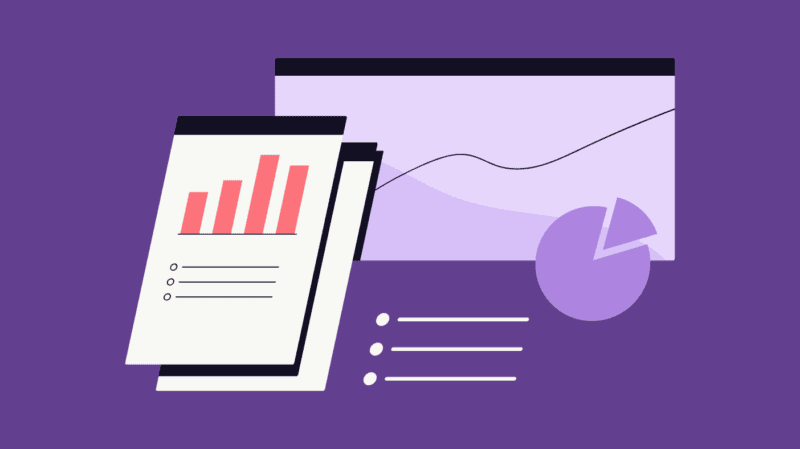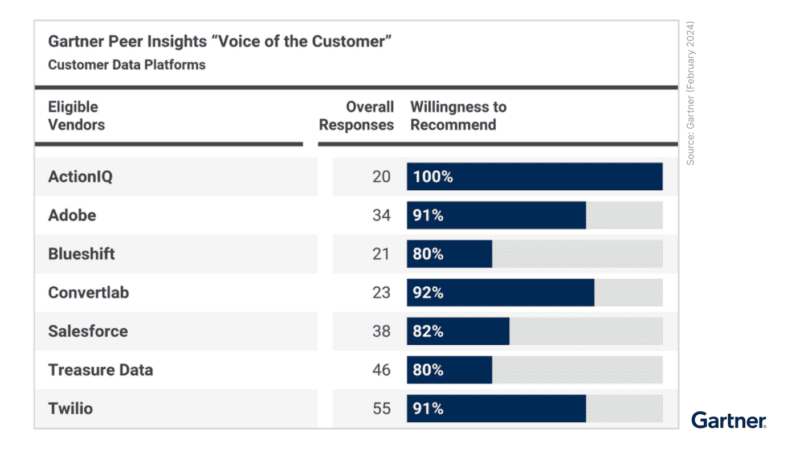Composability is Here to Stay: A Gartner IT Symposium Recap
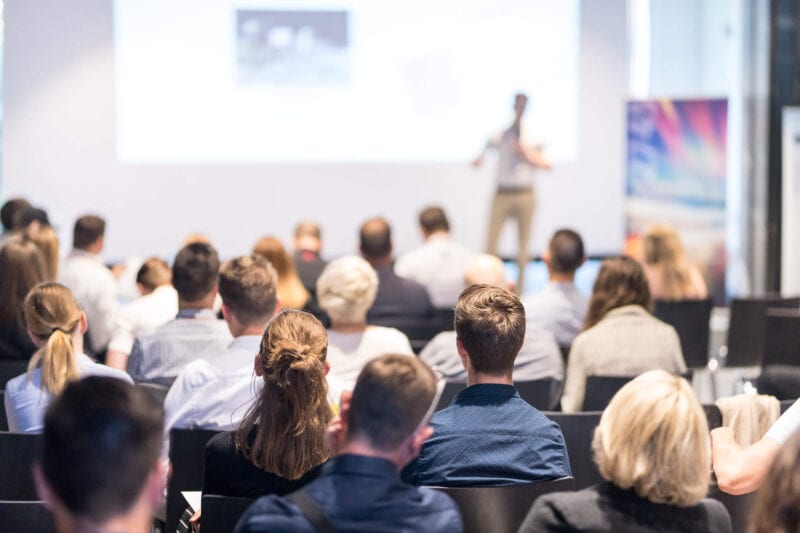
After four days at the Gartner IT Symposium spent among thousands of IT leaders across regions and industries, we returned with some clear themes to report on that are paving the next wave of customer experience technology — and all roads are pointing toward composability.
The massive expo boasts a vast lineup of speaker sessions covering topics ranging from cybersecurity to strategic planning and execution to digital transformation and customer experience. Attendees gathered to hear Gartner experts and IT leaders unearth new insights to help prepare for the challenges and opportunities of the year ahead. We contributed to the conversation with the help of an AIQ customer who has been pioneering innovative data strategies and digital transformation for decades.
AIQ’s SVP of Product Justin DeBrabant sat down with Jeff Parkinson, VP of Core Data Engineering at Northwestern Mutual — most recently at Dow Jones — for a discussion around The Modern Composable CX Stack.
Below are some of the most prevalent takeaways from this conversation around the future of composability plus other themes we picked up on throughout the conference.
Composability is Here to Stay: A Gartner IT Symposium Recap
Tech and Business Are Converging
We’re seeing the vast majority of brands architect their martech stacks around one core objective in particular: optimizing collaboration between business and tech teams.
In fact, Gartner says 67% of CEOs want more technology work done directly within business functions, and less in IT. With executive leadership recognizing the importance of these two teams successfully collaborating rather than competing for budget, the divide between tech and business is slowly closing.
“Tech projects are moving closer to the business,” said Justin DeBrabant, SVP of Product at ActionIQ. “In the last 10+ years we’ve seen a lot of these digital transformations fail because marketing and the more revenue-focused teams were building these big platforms around data in isolation. And now what we’re seeing is a new age where it is much more collaborative across marketing, CX and technology teams.”
To promote deeper collaboration around digital projects, Gartner alluded to the rise of “fusion teams” — something Northwestern Mutual is already putting into practice.
“We are now embedded in the CX group, as it’s called,” said Jeff Parkinson, VP of Core Data Engineering at Northwestern Mutual. “We were taken out of tech and put into CX explicitly to focus on getting that seamless conversation going with our customers.”
We see this ultimately as a positive evolution. IT has historically represented a cost center and this deeper collaboration with business teams is enabling further innovation and value on the revenue side.
According to Parkinson, “the quickest way to fail at a project is to do it for yourself. If you’re in tech, it really needs to have a business focus for it to be successful. And it’s critical to focus the engineers on the right goals. We’re driving the business forward, not just creating tech to create tech.”
Migration of Data Into the Cloud
Investments in cloud data lakes have spiked in recent years, creating a significant paradigm shift within the technology space.
“In the history of databases, there’s never been a one-size-fits-all database, there’s always been fragmentation,” DeBrabant observes. “We’re starting to see Databricks take on some of the ML workloads, systems like Confluent take on some of the real-time workloads.”
From an engineering and infrastructure perspective, organizations are picking best-of-breed tools while managing very different technologies across the stack. And from a CX perspective, working with the right tools to connect to these disparate systems and seamlessly pull that data out of the cloud is critical.
“We’re still a couple years away from that kind of full maturity. But we’re starting to see the early signals of that trend,” said DeBrabant.
Maximize Your C360 With Reverse ETL
The industry is moving toward a future in which brands are able to keep customer data in the data warehouse, leverage all the infrastructure investments that have been made by IT teams and tap into that data seamlessly without copying it to applications across the stack.
But why do we care about copying data?
- It’s expensive
- It’s operationally difficult to get right
- It makes managing copies of data challenging and risky
Reverse ETL is emerging as a key capability to seamlessly push queries down and extract data necessary to the rest of the ecosystem from an enterprise data warehouse — enabling organizations that have invested heavily in centralizing all data into their own customer 360 to avoid the costly, labor-intensive and inefficient process of moving it.
“We’re always thinking about how we can make the data easy, make it safe and make it something we can personalize,” said Parkinson. “We have a lot of latency at Northwestern Mutual that we’re trying to eliminate — making sure that data runs on a daily basis or an hourly basis or in real-time in some cases. It’s really about connecting our channels.”
But Reverse ETL is only focused on getting data out of the cloud data lake — and without the right tools in place, this can lead to multiple challenges.
Composability is the Future
The philosophy of composable architecture (including composable CDPs) has been buzzing across the industry and Gartner was no exception. The ability to seamlessly fit new solutions into the existing stack — leveraging a best-of-breed approach versus one monolithic suite — is an emerging strategy for IT leaders and architects looking to minimize spend and maximize prior infrastructure investments.
Creating a comprehensive view of the customer is key to delivering better customer experiences, but IT teams need a way to extend the hard work of centralizing data in their cloud data lakes so business teams can leverage the benefits of data centralization for audience segmentation, journey orchestration and real-time experiences.
“At Northwestern Mutual, we have a million different types of life insurance products,” said Parkinson. “We’re canning those queries so they become audiences in ActionIQ and they’re always used in the right way. We run these queries in our lakehouse to make them easier to use and then push into ActionIQ to become variables of our marketing so we can personalize even further.”
From “Build to Last” to “Build to Change”
Apart from the operational and financial efficiencies of trends like composability and reverse ETL, technology leaders are recognizing the importance of integrating bulletproof solutions that can adapt to the business as it evolves — not the other way around — and pivot quickly around unforeseen shifts.
Coming out of a global pandemic that rocked the customer experience ecosystem and now in the midst of a looming recession, organizations are facing pressure to invest in CX solutions that are resilient, agile and scalable.
“Being able to adapt to changes in the business, broader market trends, consumer behaviors and technology — all things that are changing rapidly — is critical,” said DeBrabant. “And composability is going to help keep up with the accelerating pace of change.”
Learn More About Composability
Explore ActionIQ’s Enterprise Guide to Composable CDPs to dive deeper into the long-term advantages of composability and how ActionIQ can help you make the most of your existing architecture.

